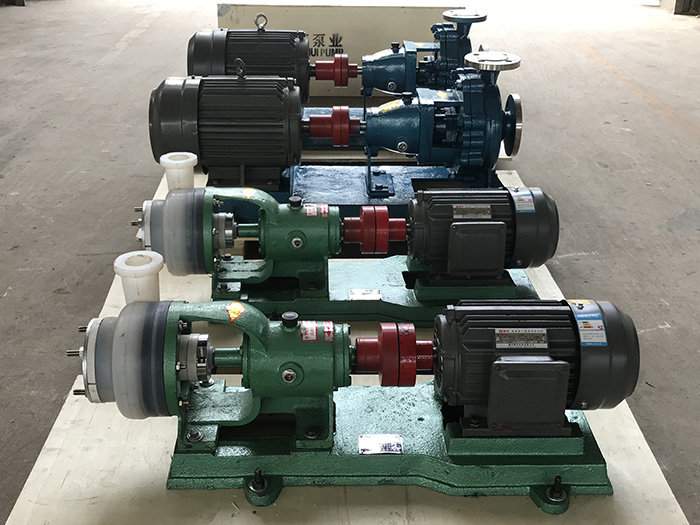Centrifugal pumps play a critical role in various industries, enabling the transfer of fluids efficiently. To ensure their long-term efficient and safe operation, it is essential to follow best practices and perform regular maintenance. In this article, we will discuss some key tips to help you maximize the performance and lifespan of your centrifugal pump.
1. Proper Installation: The first step to ensure efficient and safe operation is to install the centrifugal pump correctly. Follow the manufacturer's guidelines and ensure that the pump is aligned properly with the piping system. Improper installation can result in vibrations, reduced performance, and premature wear.
2. Regular Inspections: Conduct regular inspections of the pump and its components to identify any signs of wear, leakage, or damage. Check for loose bolts, worn-out seals, and abnormal vibrations. Early detection of issues allows for timely repairs and prevents major breakdowns.
3. Lubrication: Proper lubrication is crucial for the smooth operation of the pump. Follow the manufacturer's recommendations for lubrication intervals and use the recommended lubricants. Insufficient lubrication can lead to increased friction, overheating, and premature failure.
4. Cleanliness: Keep the pump and its surroundings clean to prevent the accumulation of debris, dirt, or foreign particles. Regularly clean the pump's impellers, volutes, and casings to maintain optimal performance. A clean pump operates more efficiently and reduces the risk of clogging or damage.
5. Regular Maintenance: Develop a scheduled maintenance routine for your centrifugal pump. This should include tasks such as checking and adjusting belt tension, inspecting and cleaning filters, and monitoring motor performance. Regular maintenance helps identify potential issues before they escalate and ensures the pump operates at its best.
6. Monitoring and Control: Utilize monitoring systems to keep track of the pump's performance, including flow rate, pressure, and temperature. Implement control measures, such as pressure relief valves and overload protection, to safeguard the pump from excessive stress and prevent damage.
7. Training and Education: Ensure that the personnel responsible for operating and maintaining the centrifugal pump are adequately trained. They should be familiar with the pump's specifications, safety protocols, and troubleshooting techniques. Well-trained operators can identify potential issues early on and take appropriate action.
8. Spare Parts and Documentation: Maintain an inventory of critical spare parts for quick replacements. Keep detailed documentation of the pump's specifications, maintenance records, and repairs. This information is invaluable for troubleshooting, reference, and future maintenance.
By following these best practices and implementing regular maintenance, you can ensure the long-term efficient and safe operation of your centrifugal pump. A well-maintained pump not only maximizes performance but also reduces downtime, extends the pump's lifespan, and improves overall productivity. Remember, investing time and effort in proper maintenance is key to achieving optimal results from your centrifugal pump.
